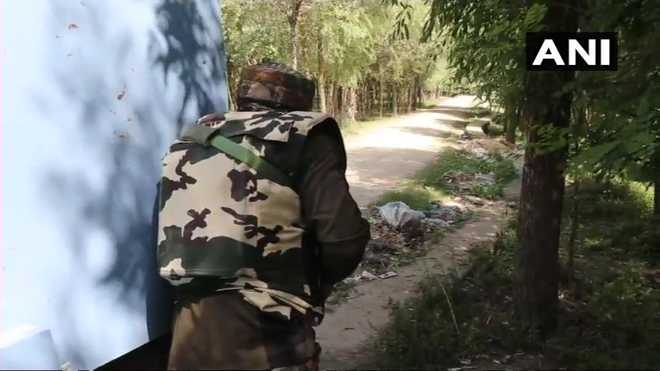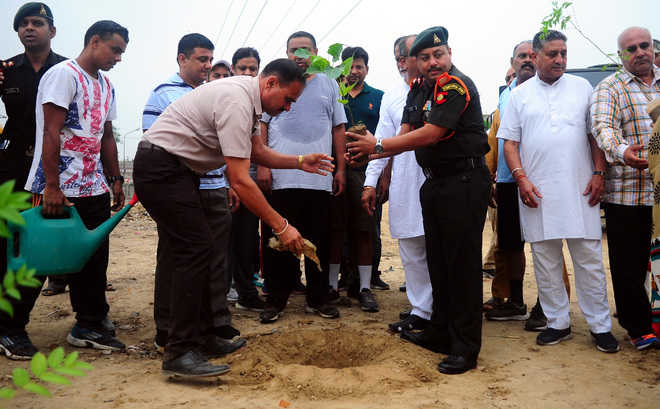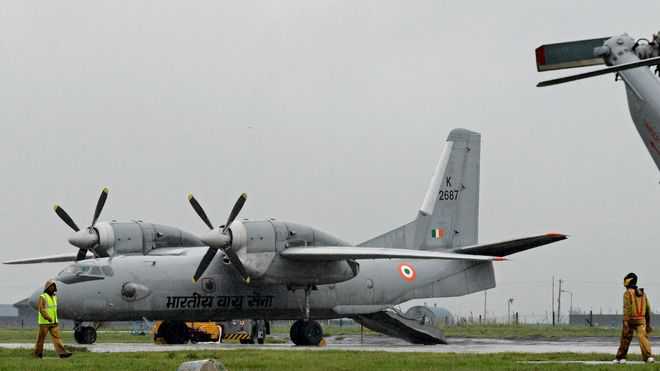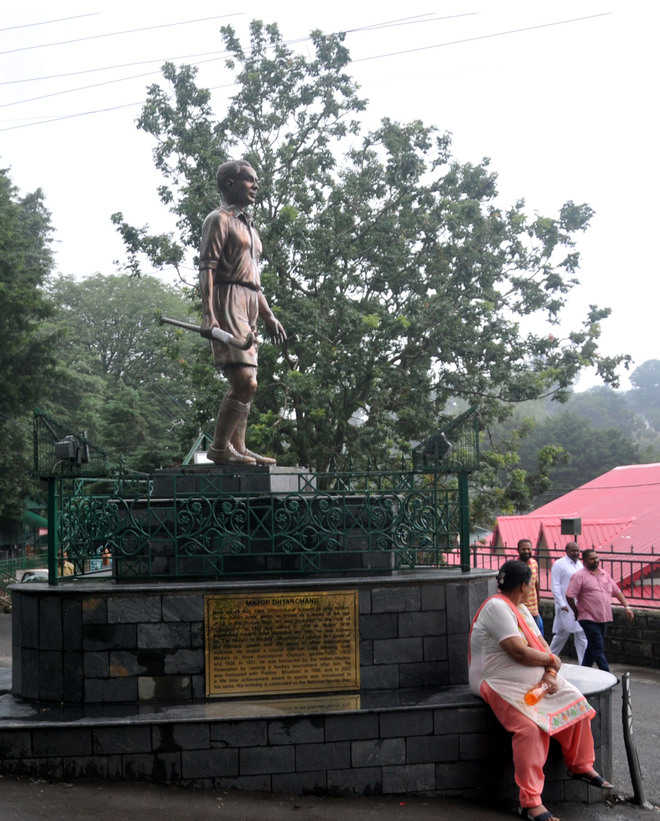One of the best recalls a veteran military leader can make is of his perception of the ways of different leaders with whom he served in his years in uniform. This is as much applicable to anyone who has shouldered responsibility and worked alongside various leaders in any profession. Usually we depend on case studies of iconic leaders to get a measure of leadership traits. However, while that is good we tend to ignore many of the traits found in the people we work with because our tendency is to pooh-pooh these as being of no academic value. Leadership is much better learnt through observation and experiences of the peer group in the same working environment.
What does dismay me is the fact that most leaders in India from different professions never bother to introspect to see whether the leadership they provide is appropriate or tweaking that is necessary for better effect. That is because as people rise in the hierarchy they tend to get more and more isolated from those who serve under them. One of the finest ways of feedback is direct interaction but that’s something most leaders shy from. Second-hand information fed to a leader through some system set up by him is going to give him the feedback he would love to receive. It will be idolatry and never realistic. What most senior leaders never realize is that the middle men would like nothing better than to keep them away from the rank and file because then their own power remains undiluted and the superior is yet dependent on them for information and feedback. Direct interaction also assists in explaining ideas which are against the grain of routine thinking especially when there is a need to make large scale changes in method of functioning and execution. There is nothing like a new idea being sold by the originator of the idea himself or his core group of advisers.
As a Unit Commander I recall that our corps commander was a tremendously dynamic personality. However, he never took information coming to him at face value. Instead of the usual one morning visit to a unit to get to place a face against a name as far as the Commanding Officer (CO) was concerned, he chose to visit a station for four days spending a full day each with infantry unit and a day with the brigade headquarters. He dined with the Junior Commissioned Officers (JCOs) at their messes, a tradition now slowly dying. I remember the JCOs felt empowered to speak their minds and he clarified many things they did not understand. He then had an exclusive session with all officers and it was not one involving just him speaking to the officers on issues under focus. His opening sentence was –“tell me what is troubling you”? The unfortunate thing which needs immediate correction is the habit of senior officers addressing officers on various issues of interest and never leaving time for free and frank interaction. Even if they do a general open house isn’t the most effective way of doing it. In the Services it is always good to take small groups and have a more intimate discussion with them. An event with middle rank commanders, one with junior officers and one with troops is ideal.
My contact with the corporate world reveals to me that direct interaction is something most senior corporate leaders never resort to. A good ‘eye to eye’ kind of program is not usually their forte. However, wherever they do so the environment in the organization is altogether different. Promotion of self-interest is a human tendency and when feedback is left to the interim leadership it may not always be for the organizational good. That is one of the prime reasons why senior leaders must be often seen by the rank and file to inspire more trust and confidence so that feedback sessions become more realistic.
From experience I can recall my experiment while in command both as a Division and Corps commander. Usually every other night after 1 AM I interacted with a few LoC posts and Rashtriya Rifles units in the hinterland; many times, logistics units were included within the scope of this interaction. At the outset there was tremendous apprehension lower down when the calls were made and many an Officer, JCO or Jawan requested the signal exchange for more time to be ready to speak. However, it was important for me to set the right note of positivity so in none of the initial interactions was anything professional discussed; it was all about welfare, leave, state of accommodation, clothing, rations ad the quantum of rest being received in the tense environment. Two things were achieved with this slow ice breaking. First, the officers and men lower-down knew that even as they were awake during majority of the nights so was their Corps Commander. Second, as time passed people realized that they were not being admonished nor was the call for the sake of any negative communication. Feedback conveyed that people started eagerly awaiting the chance to speak to the Corps Commander. That is when I started to make this more professional. Inquiries made to officers were to determine whether a piece of intelligence available to me had also been passed down to them in time to enable them to act upon it. That ensured that dissemination of intelligence by staff was done by the fastest possible means instead of leaving it to the conventional ways by which it reached the required recipient after the event. When avalanche warnings were issued in winter this form of interaction was effective to determine whether the people in the path of potential avalanches were aware and had taken effective measures against them. My belief in the system was reinforced when on many an occasion I discovered that a piece of crucial information had not reached someone who was to act upon it.
There may be some apprehension that direct interaction is a form of interference with and infringement of the command channels and for a senior commander to speak to officers or troops at lower levels belies trust in the interim appointments. There is no doubt that command channels are sacrosanct in the armed forces with laid down responsibilities. However, that does not place communication with lower ranks in strait jackets. Officer leaders have to understand how much and how far they must go in adopting this method without causing hostility. Where something contributes to organization effectiveness stepping a few levels down to interact only enhances confidence and trust.
As earlier brought out when a new idea or doctrine is under test there is initial inertia and its effectiveness depends largely on its enthusiastic acceptance by the environment. If the rank and file are unconvinced and the commanders in the chain are unable to sound convincing it is for senior commanders to step in and enhance the credibility of what is on trial. Here again there is nothing as effective as direct interaction. While attempting to execute the doctrine of balanced hard and soft power in the Valley and doubly ensuring the security of posts and troops at the LoC we adopted a system of speaking to all incoming units and troops under induction training at the Corps Battle School (CBS) every three weeks or so. With strength of almost 3000-4000 officers and men, issues of concern which would be passed down anyway through the command channel were conveyed with examples from experience in simple language. Each unit had a few points conveyed relevant to its future area of responsibility. Feedback was lesser at these events as the troops were as yet inexperienced in the environment and the necessity being of reinforced training with an attempt to imprint the threats and nuances of the operative environment directly into their minds. Officers could then find it easier to explain in the language of troops and the repetitions only helped in embedding what precautions were needed to be taken by them and how they could be more effective from the first day of their responsibility.
That brings me to the concept of ideating, a kind of brain storming though that may not be the best description. It is based on the belief that everyone with experience has some ideas to contribute. Ideating sessions should be conducted with a select group of functionaries from different levels all acting as representatives of their peer groups. Pre-ideating sessions contribute towards more refined ideas and must be restricted to one theme or stream of thinking. I experimented with this while in command at division and corps level having also experienced how the same were conducted in UK. Interestingly ideating sessions there comprised even a few people not even remotely concerned with the subject so that some innovative wild card ideas could also find their way into discussion. In each such session one or two rapporteurs were always present so that no idea of worth was ever missed. It was my dream that some Army Chief would consider it worth the while to conduct ideating sessions at the Army House with a group no larger than 20-25 comprising representation from each rank and as far as possible each Arm and Service. Flag officers must conduct these informal gatherings once in a quarter or so with the themes spelled out well before so that effective and meaningful discussion takes place. I found even training institutions in UK resorting to this.
Lastly, there are many complaints around the world from different armies that the quality of the officer cadres is diminishing because of the lack of deeper professional understanding, intellect and the resistance to innovative thinking. I may not entirely agree with that notion but there can be no getting away from the fact that the officer cadres of today need more intellectual orientation; they are reasonably well experienced on ground. It is not a bad idea to start from within house by provision of more literature by the Army Training Command. It is in this field that studies based upon leadership experience of officers at different ranks and even of JCOs and other ranks could be initiated.






































































